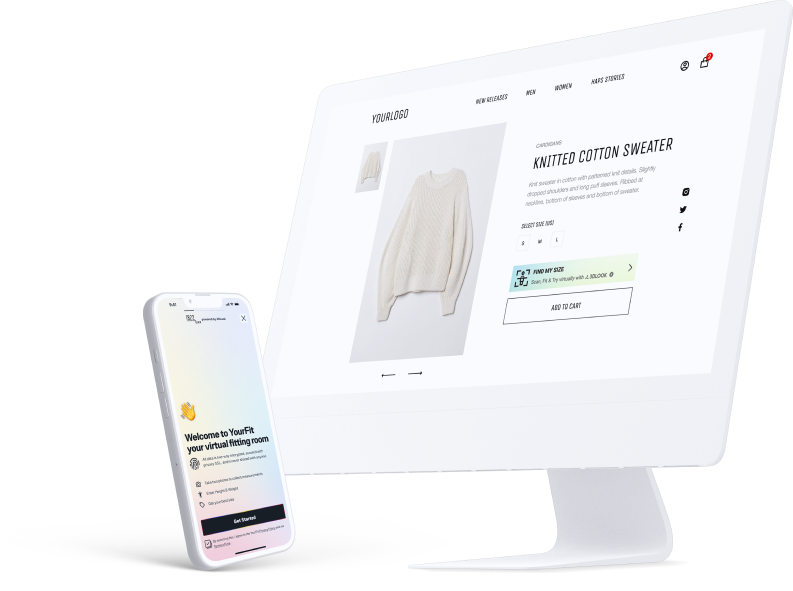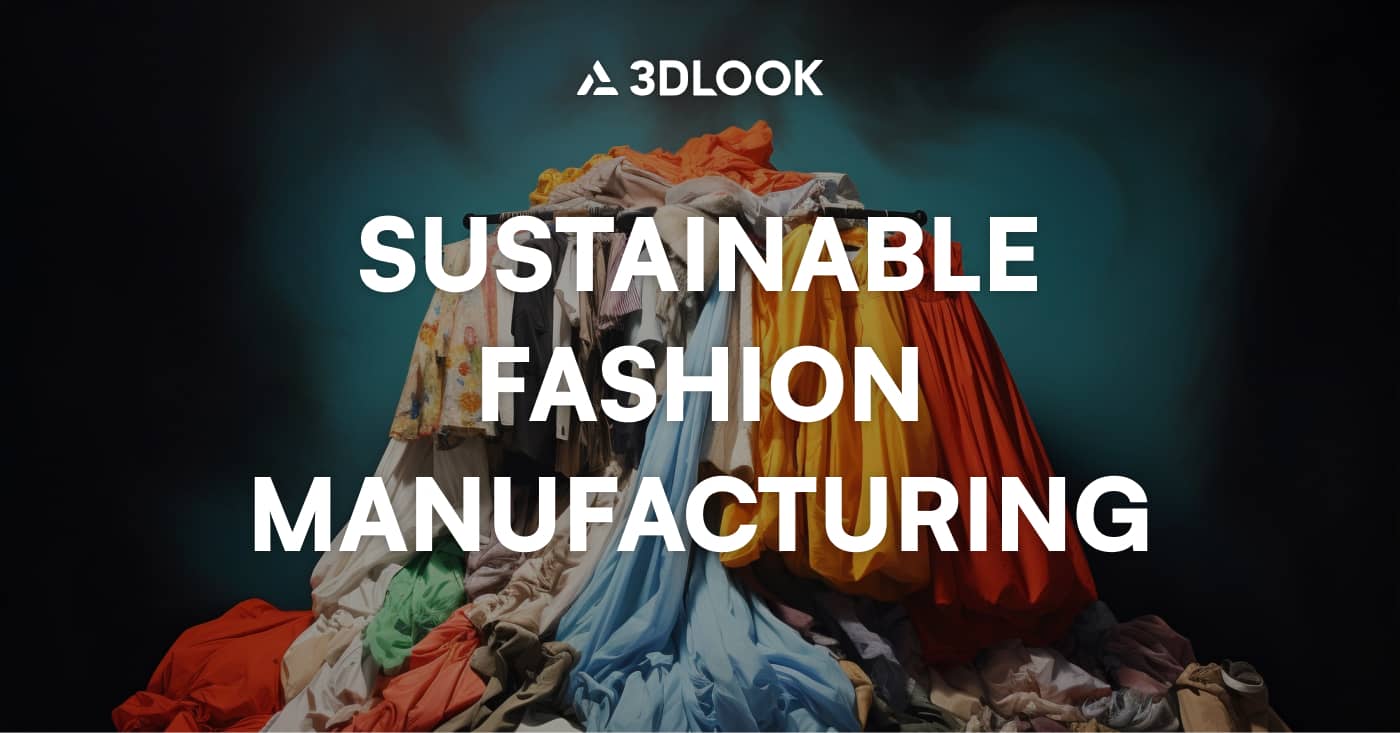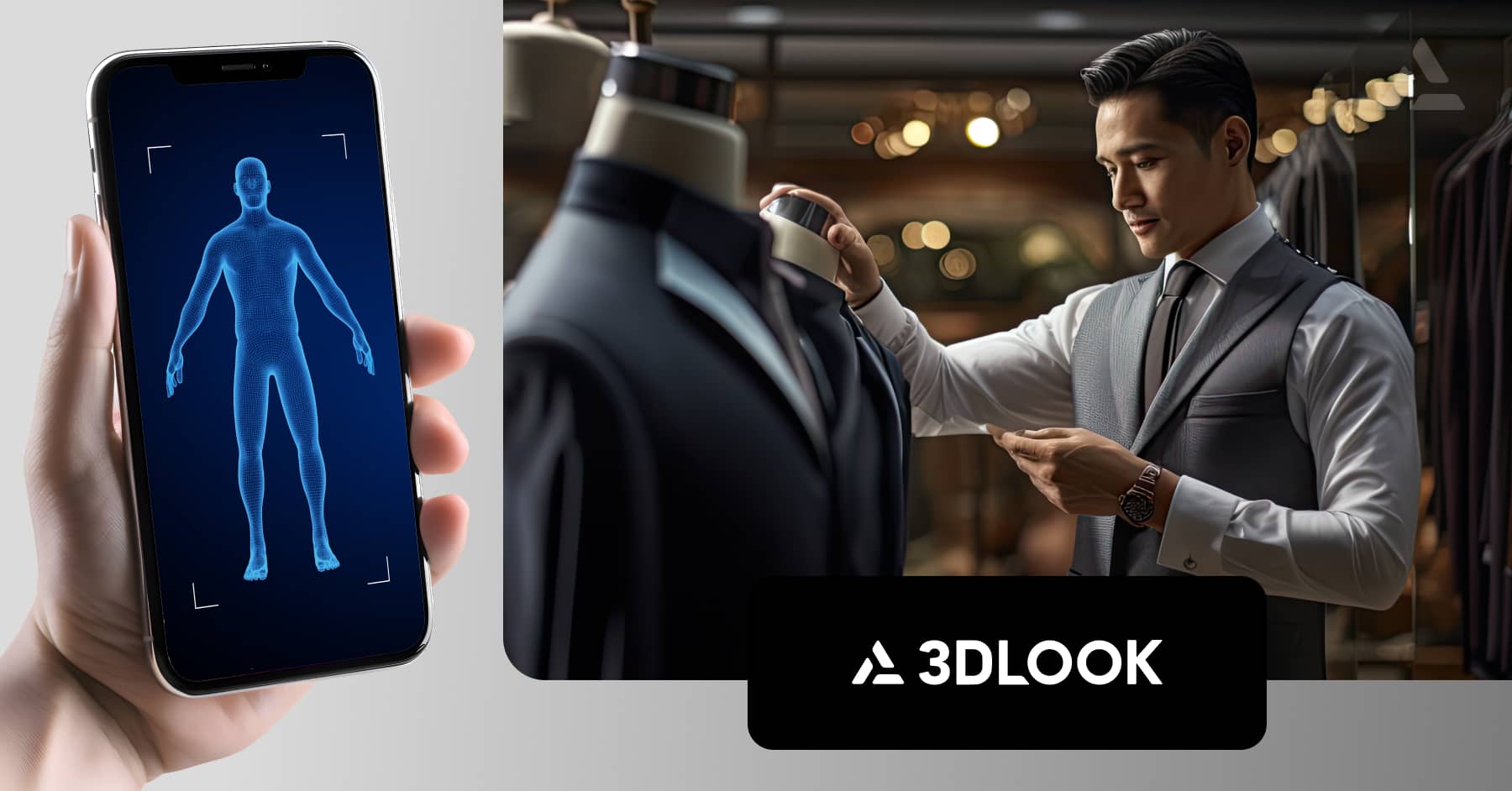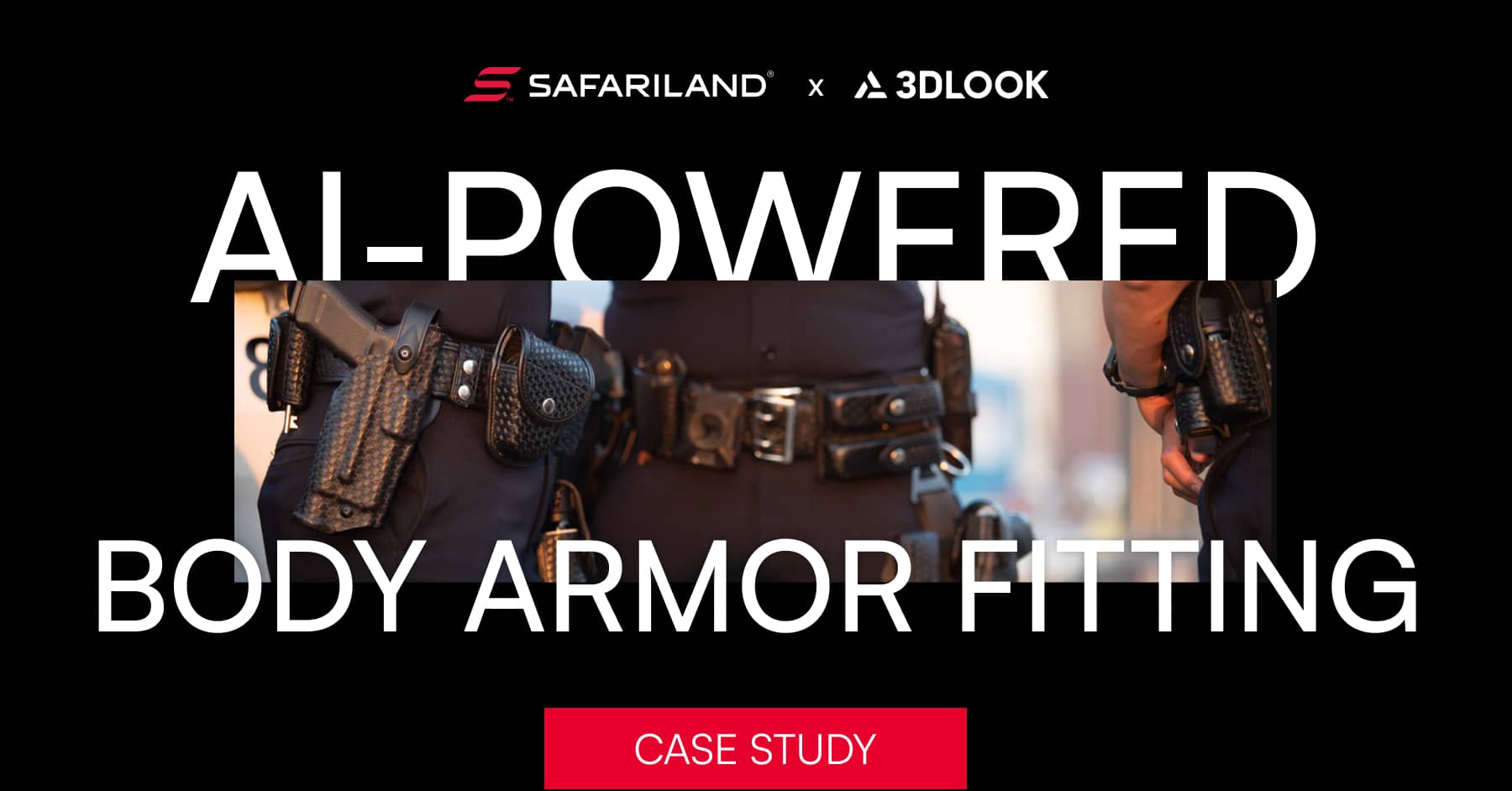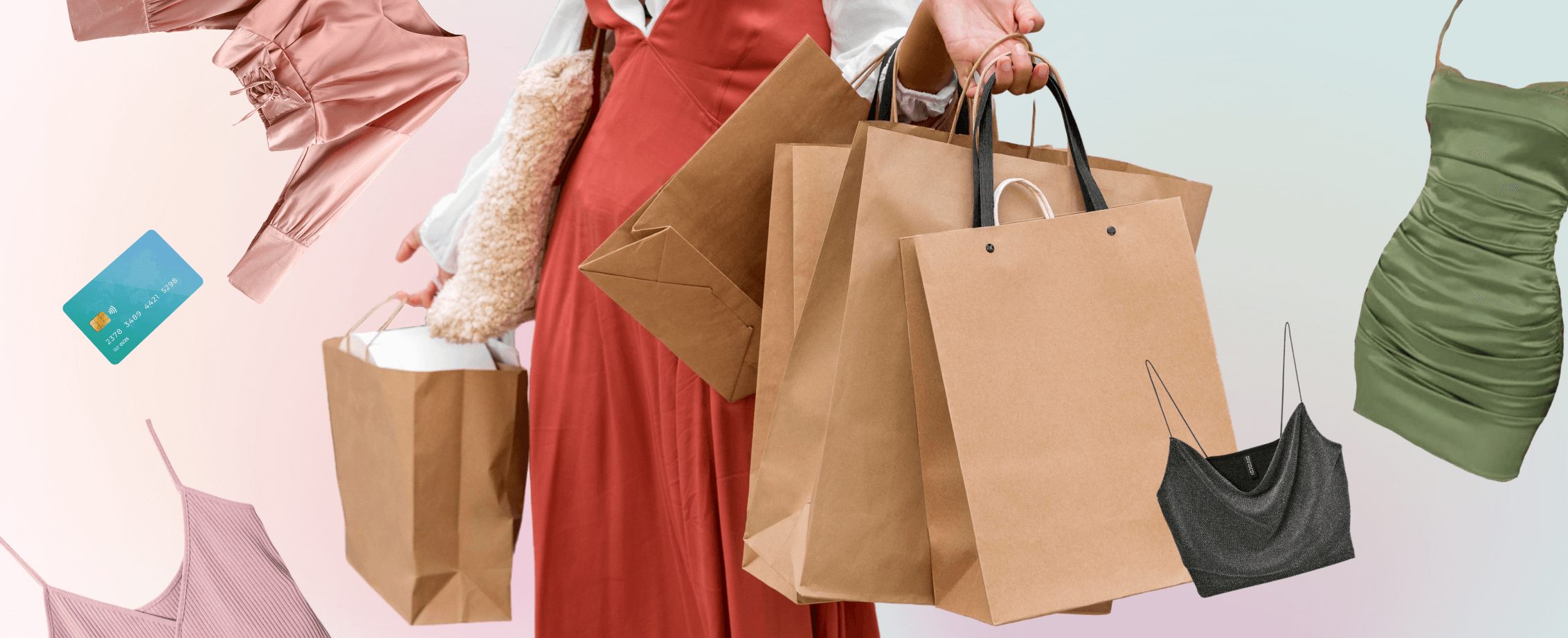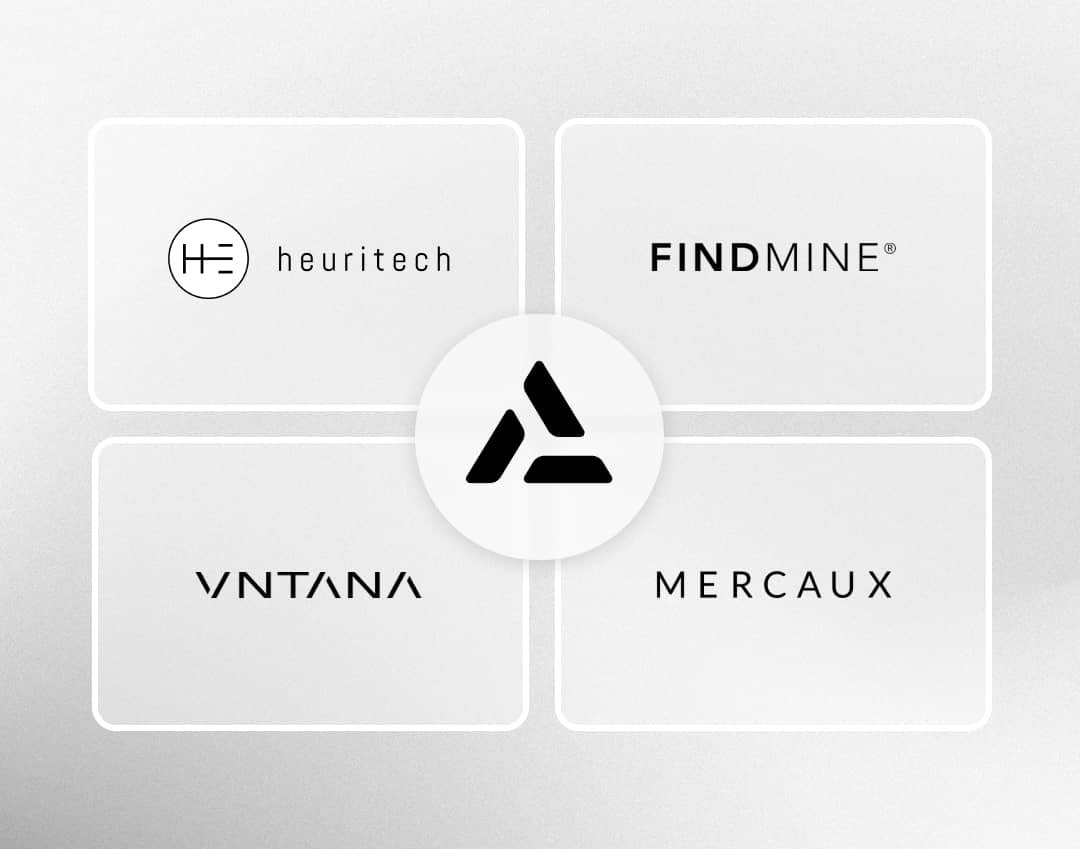What can fashion businesses do to be more inclusive and diverse?
The lack of representation or faux-presentation in the industry is glaring, and conversations necessary for the visibility of all, is echoing even louder...
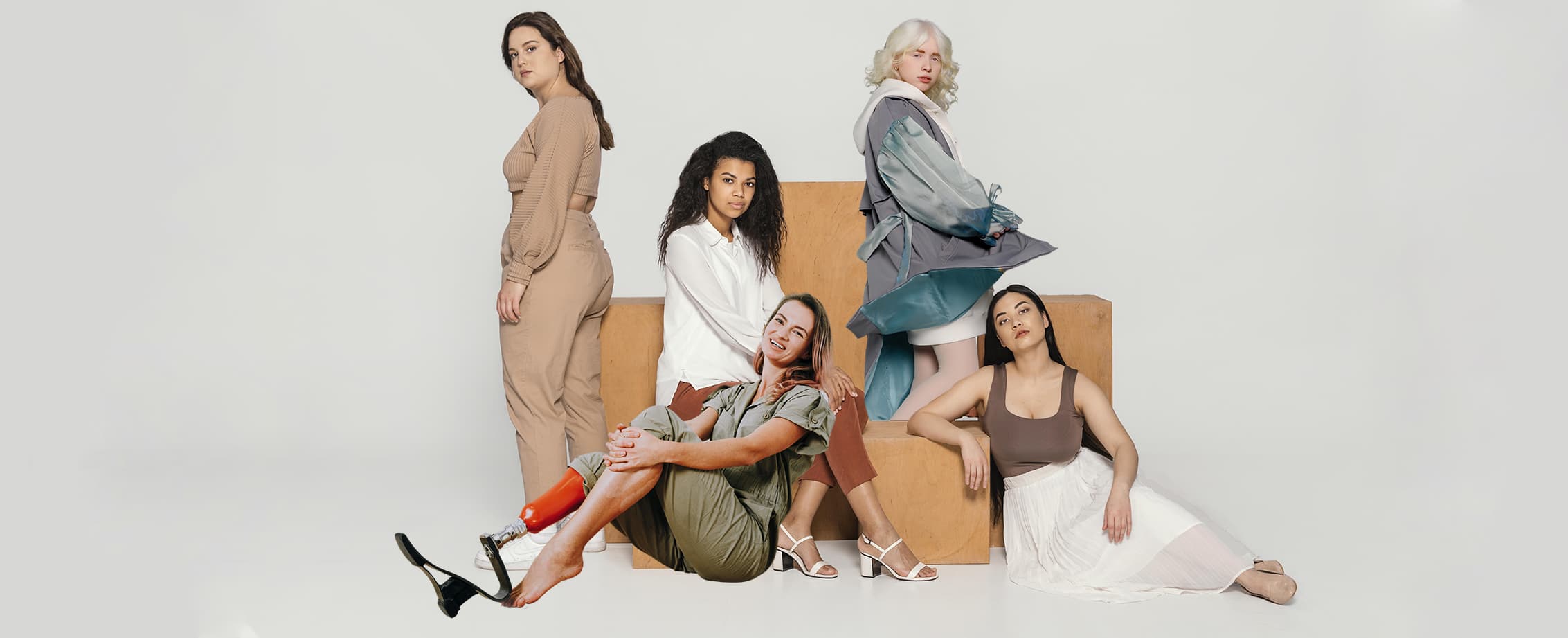

Share on

Learning about how the world of inclusivity and diversity in the fashion industry works would help brands and retailers create garments that are customer-centric. When customers think and feel that they’re seen and appreciated, without regard to looks, size, gender, race or orientation it will be a major win for brands: drive higher conversion rates and AOV, and increase retail-customer engagement.

Learning about how the world of inclusivity and diversity in the fashion industry works would help brands and retailers create garments that are customer-centric. When customers think and feel that they’re seen and appreciated, without regard to looks, size, gender, race or orientation it will be a major win for brands: drive higher conversion rates and AOV, and increase retail-customer engagement.
Clothing is one of the three basic necessities of life, making fashion, by extension, one of the most sought-after industries. This only means that by default, fashion is widely used by any and everyone. However, fashion often seems to be one of the industries currently lacking when it comes to inclusion and diversity, catering only for a select group of people.
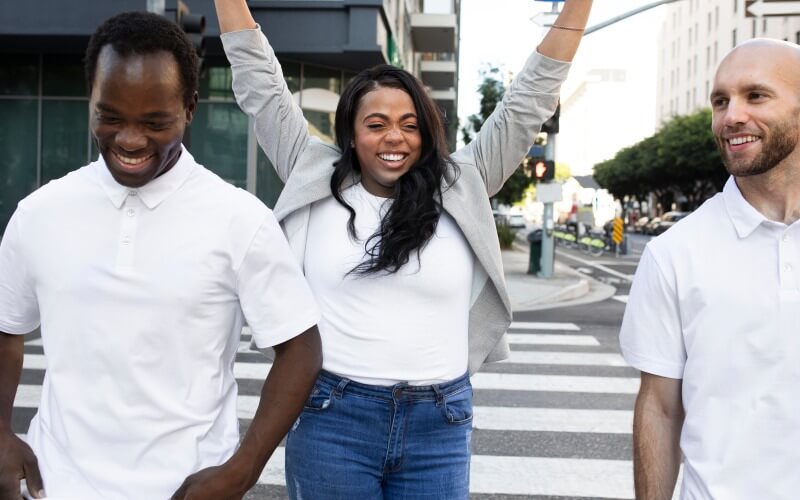
Photo Credit: Shutterstock
We have seen over and over again how people have continued to bring up conversations about the need for the industry to be more inclusive. They are currently pushing for visibility and authenticity in an industry they have supported for years. The industry is changing as required by shoppers, but not as fast as it could. Still, there are brands and designers who are showcasing products with certain levels of bias. “This industry has been suffering because the prejudice against bigger bodies is so calcified that fashion companies have been leaving money on the table,” says Alexandra Waldman, co-founder and creative director of Universal Standard to Vogue Business.
Consumers are continually searching for brands and retailers whose clothes fit properly, bringing to mind the importance of personalization during apparel creation. Personalized size data during the production of clothes can not be ignored. Our peculiarities as humans cause varying differences in body parts like cups, hips, and even waist. So, no one size can fit all. In 2017, Andrea Kennedy made a report for The Fashion Structure Journal on 62 percent of consumers not finding any clothes in retail stores that fit. Verena Erin, in 2019, also reported for My Green Closet, how over 75% of clothing sizes aren’t properly fitted.
What does it mean to be inclusive?
The terms inclusivity and diversity may seem like they’re one and the same thing when they’re, in fact, quite different in both definitions and practice. While diversity could mean bringing in a range of people who share clear discrepancies such as age, skin color, race, orientation and body size, inclusivity goes a bit further.
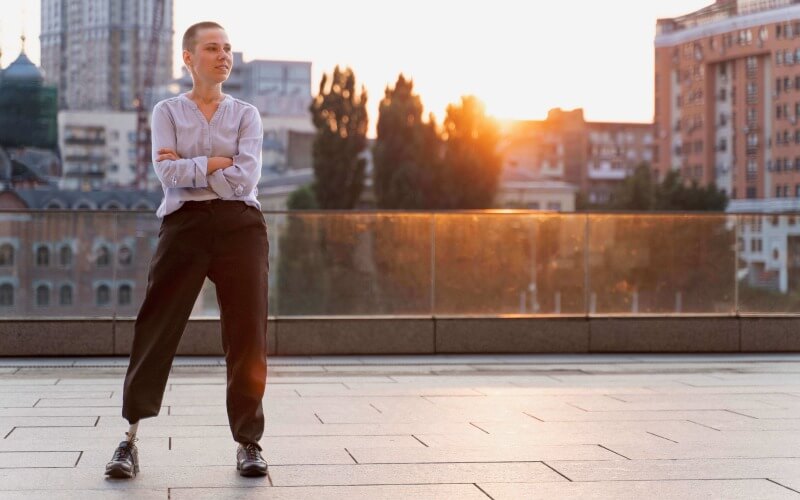
Photo Credit: Shutterstock
For example, in a bid to be diverse, a brand’s Creative Director may work with people of different sizes and skin tones; but, are there make-up artists who understand how skin shades work? Do retailers whose creative directors obtain clothes from stock clothes that fit perfectly with disregard to size? Would customers be comfortable enough to return a few years later in anticipation to buy from the same store? These are a few relevant questions that need to be asked if we’re working towards more inclusiveness. This is what it truly means to be inclusive, because it may be one thing to throw a wide net in working with people, but it is something different to ensure that they are seen and understood.
In what areas is fashion losing the inclusion trail?
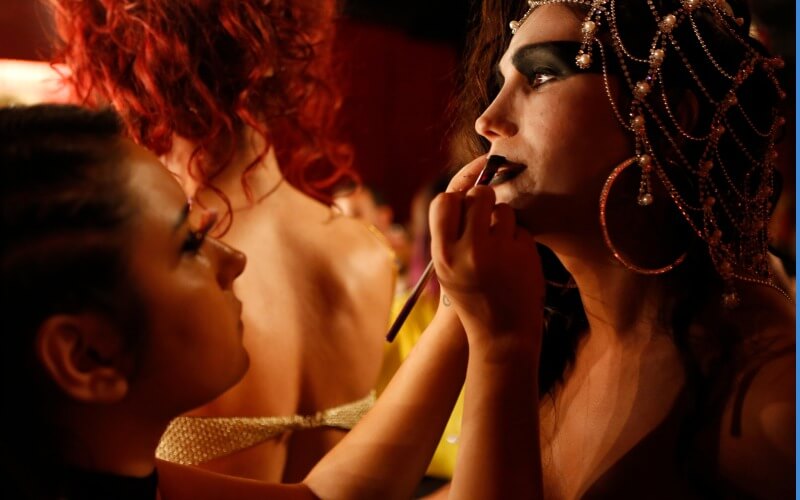
Photo Credit: Shutterstock
Queer, trans and nonbinary people are also on the losing end of inclusion in the fashion industry. As tied to self-expression and actualization as the fashion industry, there also seems to be a lack in finding clothes that fit, especially because they’re one of the groups of people who currently occupy a horde number of plus-sizes. In a report carried out by Stonewall, about 31 percent of non-binary people and 18 percent of trans people didn’t feel able to wear work attire representing their gender expression. Fashion retailers like Telfar and Equipment are following the applaudable trend of selling size-inclusive pieces, however, when there’s a lapse in personalization of this apparel, there are increasing returns, and the cycle begins all over again. This is why innovative companies like 3DLOOK come in handy to resolve this problem, as its tools provide detailed analytics on body shape and access to consumers’ body data for retailers to produce better fitting clothing, optimize inventory, and create more efficient supply chains and more engaging shopping experiences.
Besides being plus-sized or queer, being disabled and finding what fits perfectly can be a major obstacle. According to CDC.GOV, as of 2020, 61 million adults in the United States live with a disability. 26 percent (one in four) of adults in the United States have some type of disability. This further explains why retailers need to stock brands that are inclusive in garment production. It builds a platform of trust for customers, which extensively increases positive shopping experiences and further purchasing returns.
What can fashion do to be more inclusive?
People want to be seen, heard, and most of all, represented. An authentic understanding of what representation truly means, and how it relates to the struggle for inclusion and diversity, is most likely what fashion can do to be more inclusive. One of the best ways of understanding this struggle and undertaking in the fight for representation would be to include most of these repressed and marginalized people as members of the team.

Photo Credit: Shutterstock
Think about it, how would a brand know what trans and nonbinary people lack if they do not have people relaying relevant and necessary information? How else would a brand understand that being plus-size isn’t just menopausal or an occurrence of post-maternity? How else would brands understand that not all plus-sized people want to cover up their bodies if they have no member in their team reminding them that lingerie or crop tops shouldn’t have size limits?
Besides finding clothes that fit, plus-sized people, when they do, also have to go through the hassles of pricing. In their case, they may have to break the bank to look good. “Obviously, it costs more to make plus-size clothing because of the amount of fabric used, but if the pricing metric is going to be based on size, then every size should be priced differently,” says British designer Amanda Bowes to NyTimes.
How can social media play a role in fashion’s push for inclusion and diversity?
From #WhatsInMyClothes, #WhoMadeMyClothes, to #ENDSARS, #HonorMyCurves, and #BeautyBeyondSize, we have seen that most historical revolutions that intersect between humanity and the fashion industry are as a result of collaborative hashtags and shares on social media. “Our bodies are often problematized in the mainstream representations of us,” says Kara Kupe for Vogue Business. “It is powerful to have an editorial of Indigenous femmes and to showcase self-representation that celebrates our strength and our beauty as Indigenous peoples.”
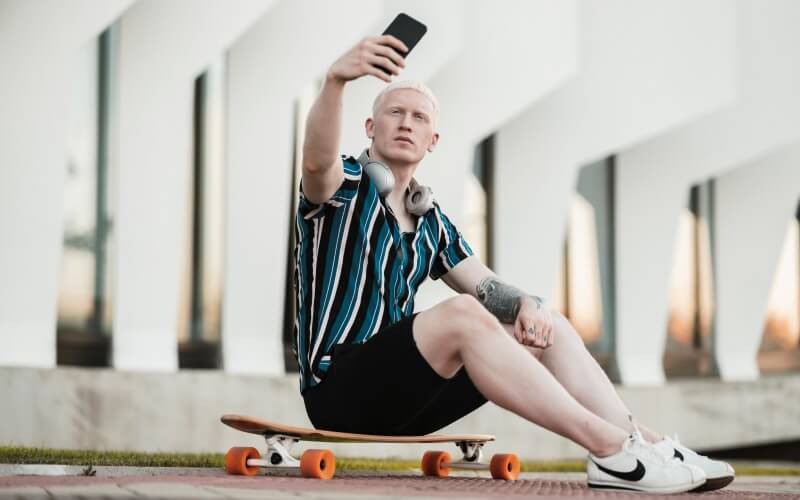
Photo Credit: Freepik
Social media has been such an instrumental force in the fight for inclusivity and diversity. Due to the COVID-19 pandemic, a lot of activities have gone online. While certain brands are either going fully digital or doing hybrid shows, certain casting directors have also gone online to seek new faces who appeal to what they’re currently working on.
How can technology aid inclusion and diversity in fashion?
Artificial Intelligence and Virtual Reality are also key ways for fashion to be used for both inclusion and diversity. This can be done through body shape analytical tools that are aimed to help retailers learn how their actual customers look and tackle poor fit issues, bringing into consideration all of the angles present in the human body. Having a virtual try-on platform that is very apt and sensitively considers questions like “will this fit me, or will this look good on me?” is such a significant feat. AI-based size recommendation tools allow users to know their actual size while retailers benefit from understanding what real customers look like, divide them into shape groups, and offer personalized products. This kind of technology allows users to carefully access and examine their body structures, with a complete understanding that no matter the size or curve, there’s a production that fits without hassle, laying bare, a sense of representation and recognition.
One of the greatest examples of fashion technology meeting a size-inclusive brand is 3DLOOK’s partnership with Mive – a curated, carbon-neutral marketplace of ethically and sustainably-made garments for all bodies. Using 3DLOOK’s Mobile Tailor solution to obtain the measurements of clients wherever they are, optimize on-demand manufacturing, make garments that fit, play a role in inclusion, diversity and sustainability, and extensively reduce returns rates, as customers receive pieces that fit their bodies.
Tags:
Fashion
EXPLORE MORE CONTENT

Subscribe to our Newsletter
Offer your customers an entirely new, inclusive, and engaging way to interact with your brand
Offer your customers an entirely new, inclusive, and engaging way to interact
with your brand
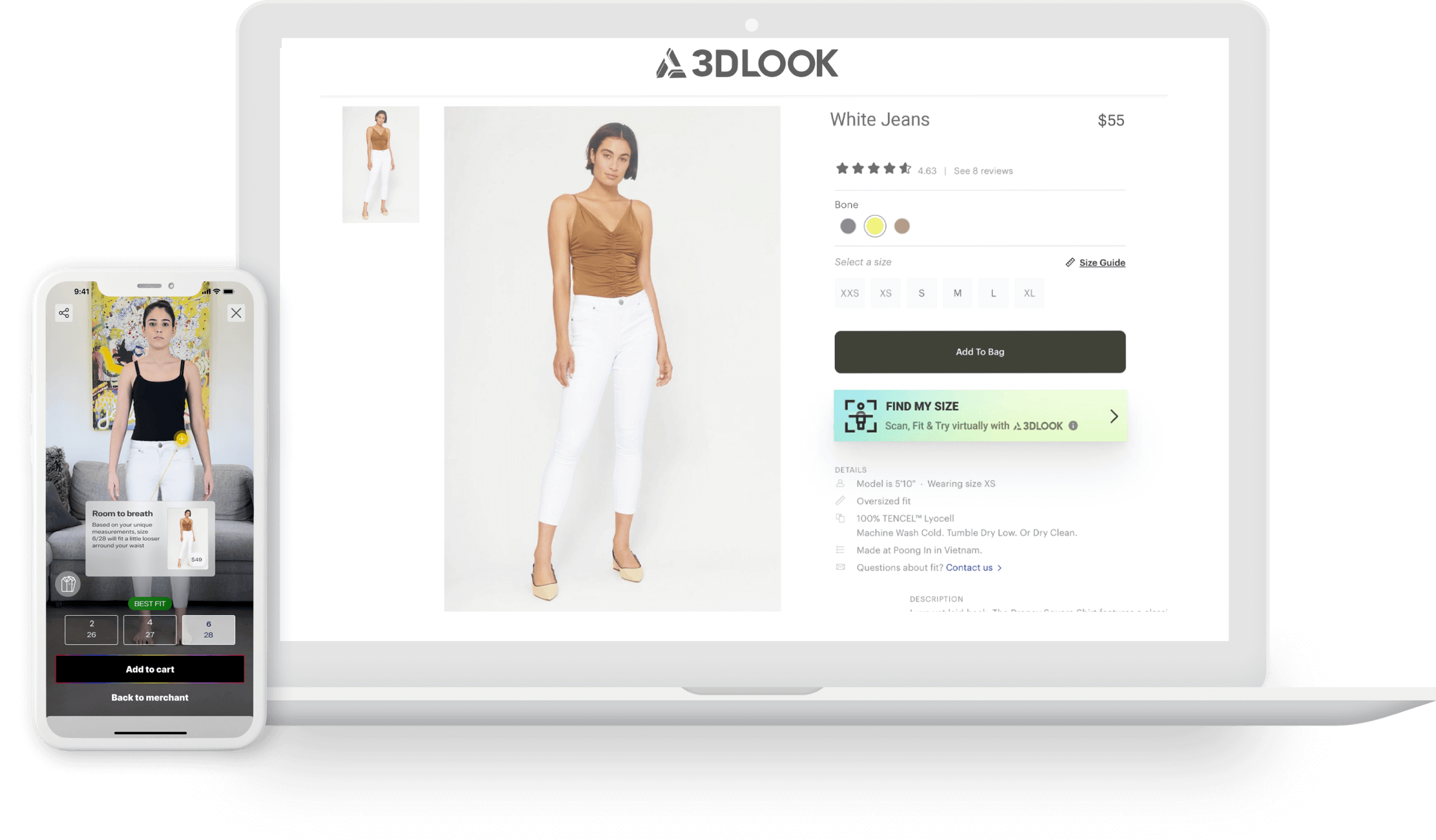
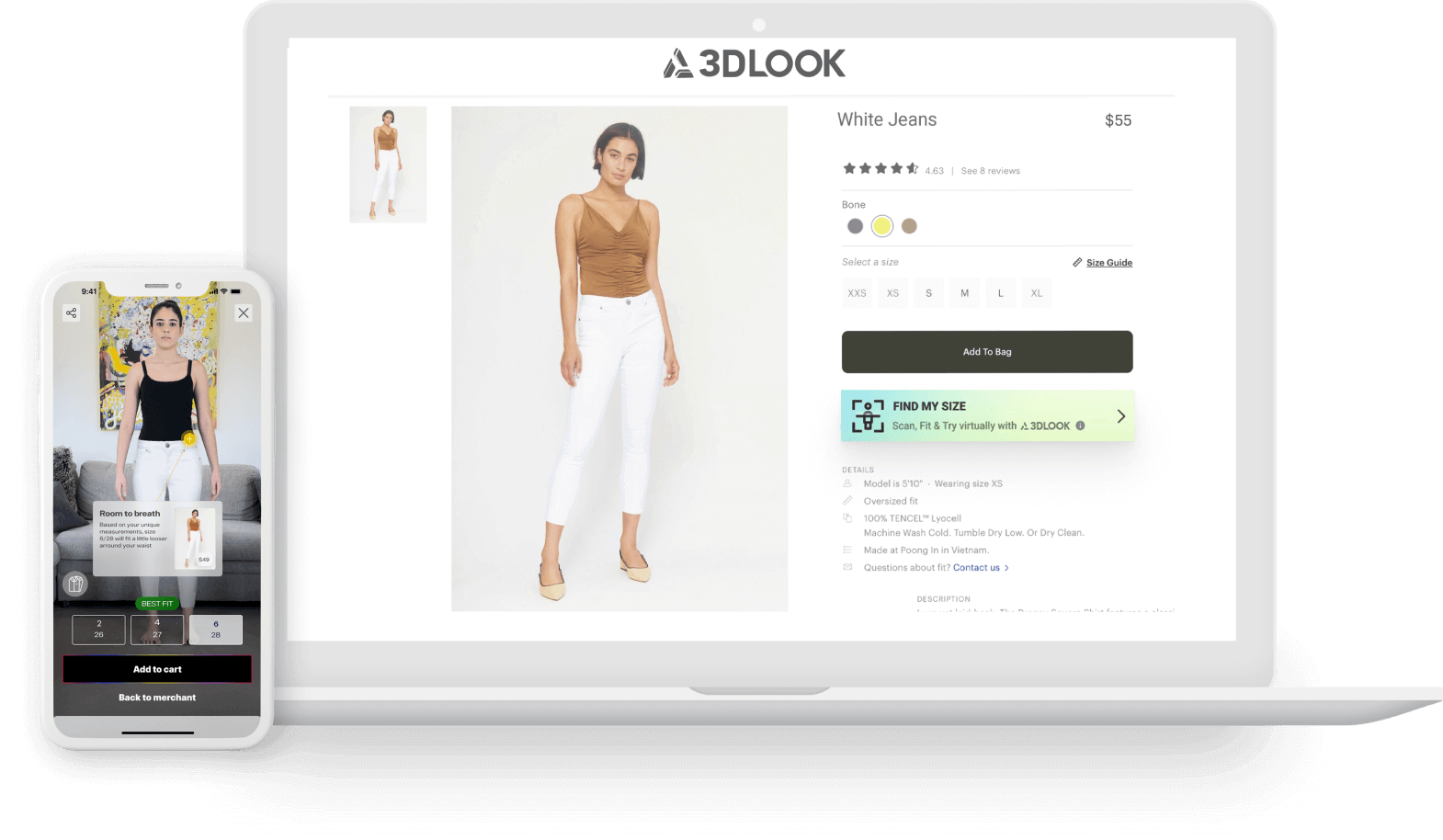
Let us help you find the right solution for your business needs
